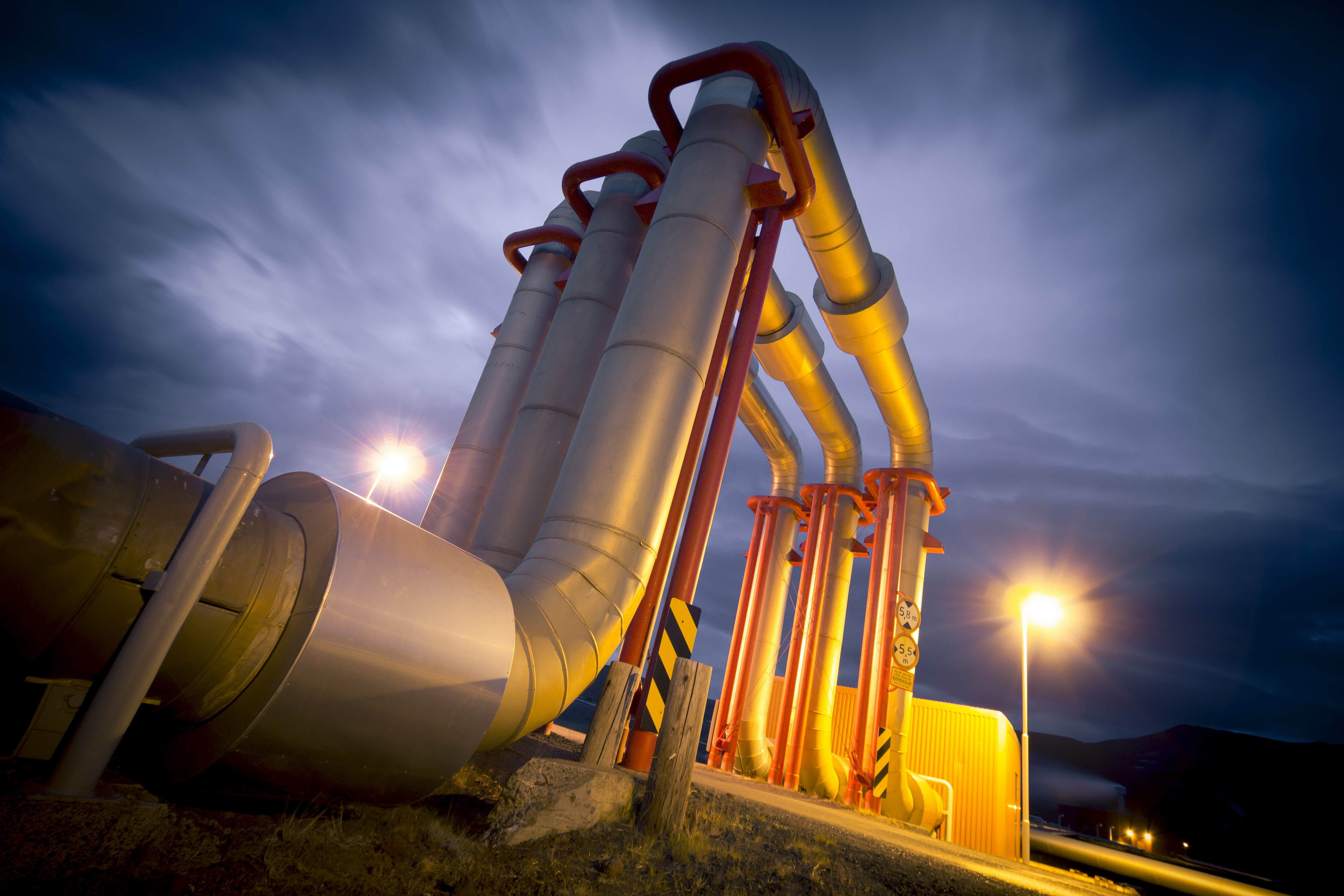

Shell-led Basra Gas Company (BGC) is planning a major export expansion in the coming years, as it moves ahead with projects to capture more flared gas in the south of Iraq, according to Mark Wharton, Shell’s development and joint venture manager in the country.
BGC, a joint venture of the UK/Netherlands' Shell, Japan's Mitsubishi and state-owned South Gas Company, currently captures 900 million cubic feet a day (cf/d) of flared gas from the Rumaila, Zubair and West Qurna-1 oil fields.
The gas is passed through compressor stations and gas and liquid processing plants, producing 12,500 barrels a day (b/d) of condensates, and another 4,600 tonnes a day (t/d) of liquid petroleum gas (LPG). LPG and condensates are used domestically.
Since the middle of 2016 it has also been sold on the international market, generating a new stream of income for the Iraqi government.
Wharton, who was speaking at CWC’s Basrah Megaprojects conference in Istanbul on 9 October, estimated 600 million cf/d of dry gas can generate around 2,500MW electricity, powering more than four million homes.
Basrah Gas says it is on track to capture 95 per cent of the gas from Rumaila with 1.4 billion cf/d peak production, he added.
To date, BGC has increased raw gas processed by 550 million cf/d - and reached a peak of 938 million cf/d in Q1 2018, according to Jaafar Oklany, BGC commercial director who was speaking at the same event.
Four new compression plants are currently under construction. Each has a capacity of 60 million cf/d, and should all be on stream early next year. These are similar to four other compression plants built over the last four years, such as the 60 million cf/d Shamiya plant that was brought online in 11 months at a cost of $18m, said Oklany.
The joint venture expects to invest a total of $5bn by 2022 to reach its 2 billion cf/d target. Its plans include installing new compression plants by the end of 2020, capturing 95 per cent of the gas available, Oklany said.
Two new 200 million cf/d natural gas liquids (NGL) plants are also expected to be completed in 2021. The modular facilities can be expanded to five trains, with a total capacity of 2 billion cf/d. These will include acid gas and sulphur removal modules.
This is along with four liquid petroleum gas (LPG) refrigeration trains, to allow BGC to grow its export potential as the company grows to reach its 2 billion cf/d gas capture target. The trains will have a total capacity of 8,800 tonnes a day (t/d) to handle liquid export in 2021, he added.
This additional gas will support more than 3GW power generation, while LPG exports could earn Iraq more than $1bn each year in new revenues.
New gas hub plans
Iraq lacks an overall gas capture strategy, relying on a number of individual schemes including BGC. Other planned projects include facilities at the West Qurna-2, Majnoon, Bin Umar, Gharraf, Halfaya and Ratawi fields.
The oil ministry is proposing to develop five gas hubs across the country. While BGC will be the centre of the southern gas hub, Iraq plans to develop new separate hubs in the south for gas processing facilities to deal with the additional gas. This could amount to nearly 3 billion cf/d, once all the fields are producing.
Iraq’s average gas demand is anticipated to rise from 1.6 billion cf/d in 2015 to almost 4 billion cf/d in 2030, and almost 6 billion cf/d in 2050.
Iraq’s industrial sector will also need considerable volumes of gas feedstock. The sector is small now, with the bulk of consumption coming from cement production. But as steel, methanol, petrochemicals and fertilisers production grows, so will demand, rising from 350 million cf/d in 2015 to 1.3 billion cf/d in 2030, according to oil Al-Saady’s forecasts.
You might also like...

Oman receives Madha industrial city tender prices
19 April 2024

Neom seeks to raise funds in $1.3bn sukuk sale
19 April 2024

Saudi firm advances Neutral Zone real estate plans
19 April 2024

Algeria signs oil deal with Swedish company
19 April 2024
A MEED Subscription...
Subscribe or upgrade your current MEED.com package to support your strategic planning with the MENA region’s best source of business information. Proceed to our online shop below to find out more about the features in each package.




